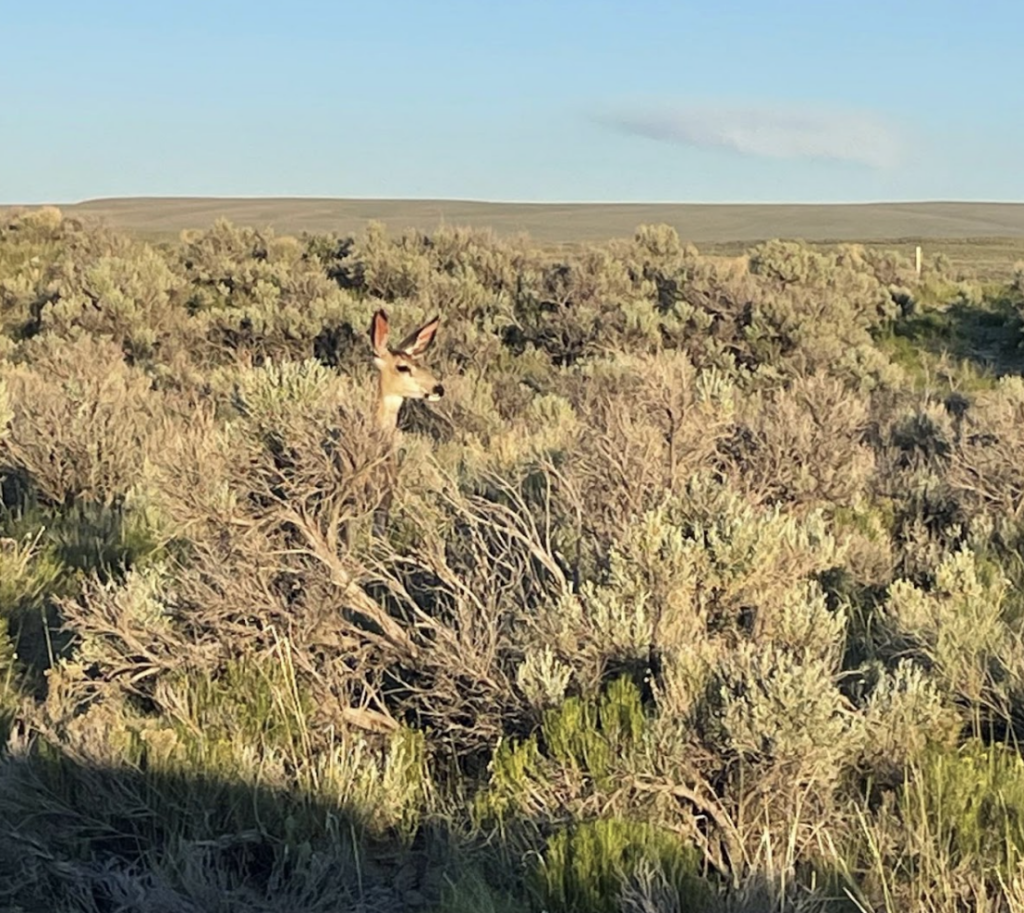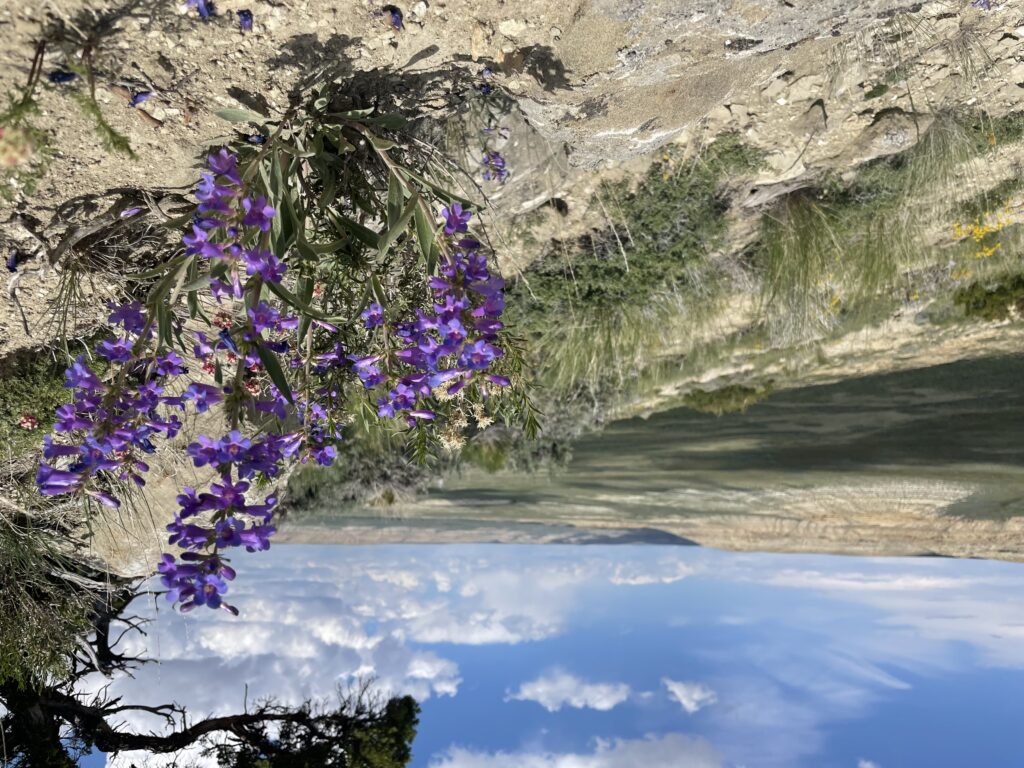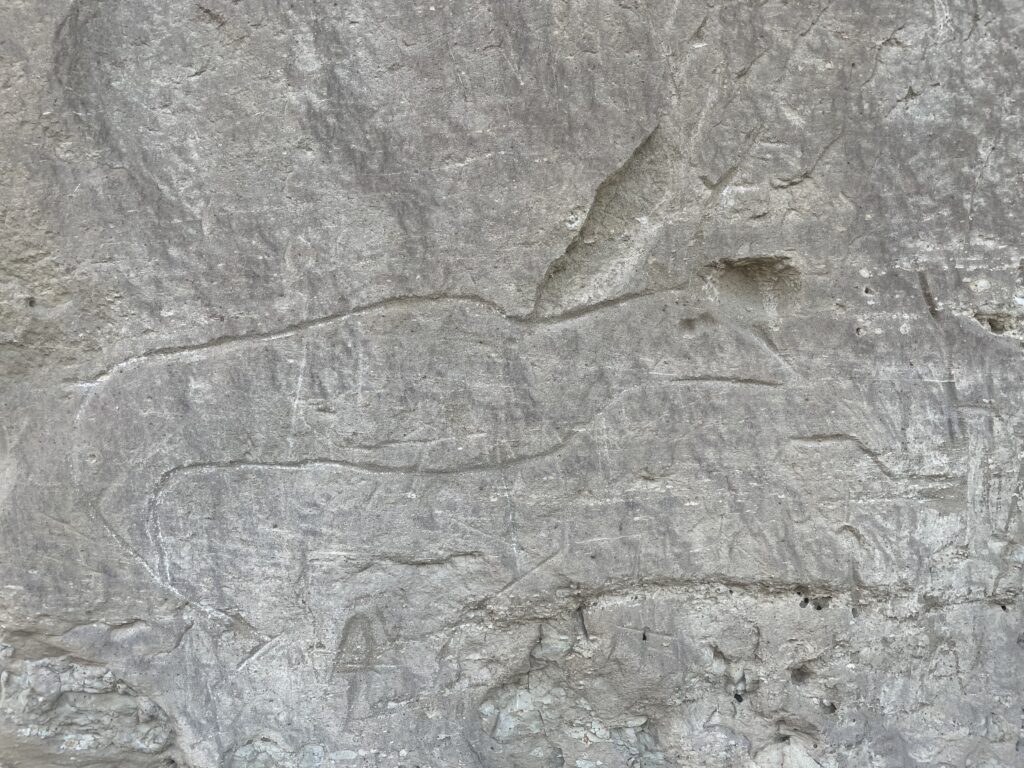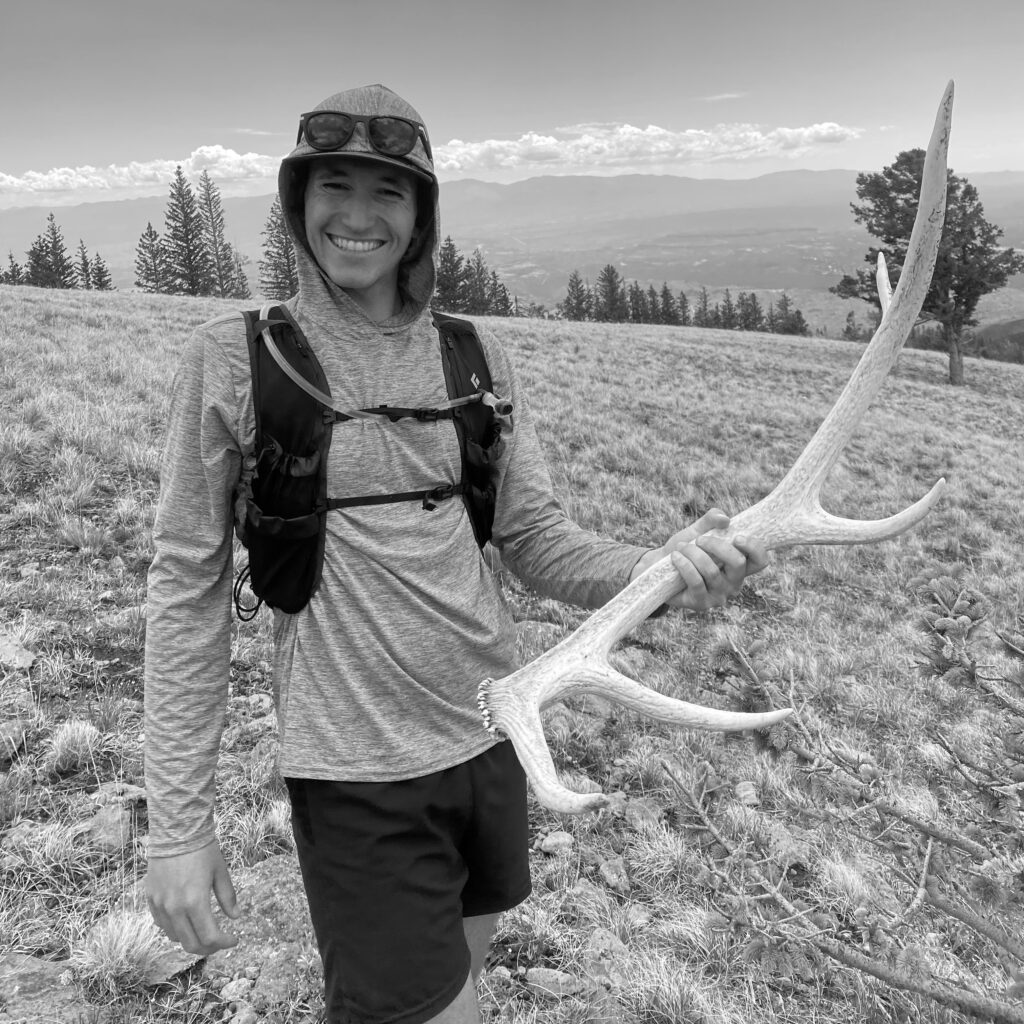I was explaining my research to someone recently and the proceeding conversation got me thinking. When I described my project and where it was going to be conducted (see project description here) I got a response that I had yet to encounter. The woman I was speaking with asked me ‘who cares about sagebrush?’. At this point I had already talked about the conservation and land management uses of my project and the great threats that are facing the sagebrush ecosystems of western North America. However, I had never experienced someone point blank saying they don’t care about sagebrush ecosystems and asking why I do. I realized that I didn’t have a great answer to the question. I have many personal reasons for caring about these ecosystems, from growing up in them to watching them disappear before my eyes. I also know of the ecological and biogeochemical services that the big sagebrush ecosystems provide. Getting people to care about big sagebrush ecosystems seems like a step that many of us working in the West have yet to tackle.
As I was sitting in camp typing this, I watched three bull elk feeding along the hill in front of me. I could see at least 10 unique types of flowers and a few unique grasses. To the south of my camp is a small wetland, appearing to be fed from a spring on the hillside. In the distance are two large buttes, colorful even from miles away. The landscape is beautiful and dynamic, but in my field work this season I have encountered less than 10 people while on the two-tracks and backroads that make travel possible.

When I had enough time to consider why people don’t consider the big sagebrush ecosystems worthy of research or conservation, I realized at least part of the puzzle. Most of the interaction that people have with sagebrush dominated systems are from highways and interstates, zooming by at 75 miles per hour. Most people will never sit in the sagebrush and have time to see all the small unique flowers or allow enough time for elk to wander by. They will never be in the tent as coyotes echo all around. The big sagebrush ecosystems are some of the most beautiful and unique places I have ever visited, but that is because I have been very fortunate to grow up, recreate, and work in them. These systems are hard to access, there are few trails, bad roads, and few towns. It is unlikely that you will encounter a photo of an influencer amongst sagebrush while scrolling social media. But perhaps this needs to change. Perhaps we as scientists or lovers of these regions need to encourage our leaders to give money to improve access to these forgotten gems. While recreation spending is new in our government, most money goes to classically pretty areas (Sierra’s, Yellowstone, etc.) but almost none for the big sagebrush ecosystems.

Is encouraging recreation and visitation to big sagebrush ecosystems going to get everyone to care about them and want to save them? Is it going to be the proverbial straw that broke the camel’s back leading to widespread conservation of this threatened region? The answer is almost certainly no, and I am confident that there are much more qualified individuals thinking about this problem. But perhaps this can be part of the solution and perhaps this blog post will encourage you to pack up your tent and go hit a two track in the middle of nowhere.

STUDENT RESEARCHER

Sam Wilson, Research Assistant and Western Resource Fellow | Sam Wilson is a graduate student at Yale School of the Environment working towards a Masters in Environmental Science, focusing on using remote sensing, big data, and field work to analyze relationships in rangeland ecosystems. He received a B.S. in Geography from Montana State University in 2019 and spent the next few years living in Bozeman, Montana. While there summers were spent working in rangelands on a long term monitoring protocol with the BLM and winters were spent using satellite imagery to map wetlands for the National Wetlands Inventory. In his free time he enjoys skiing, hiking, reading, and learning! . | Blog
